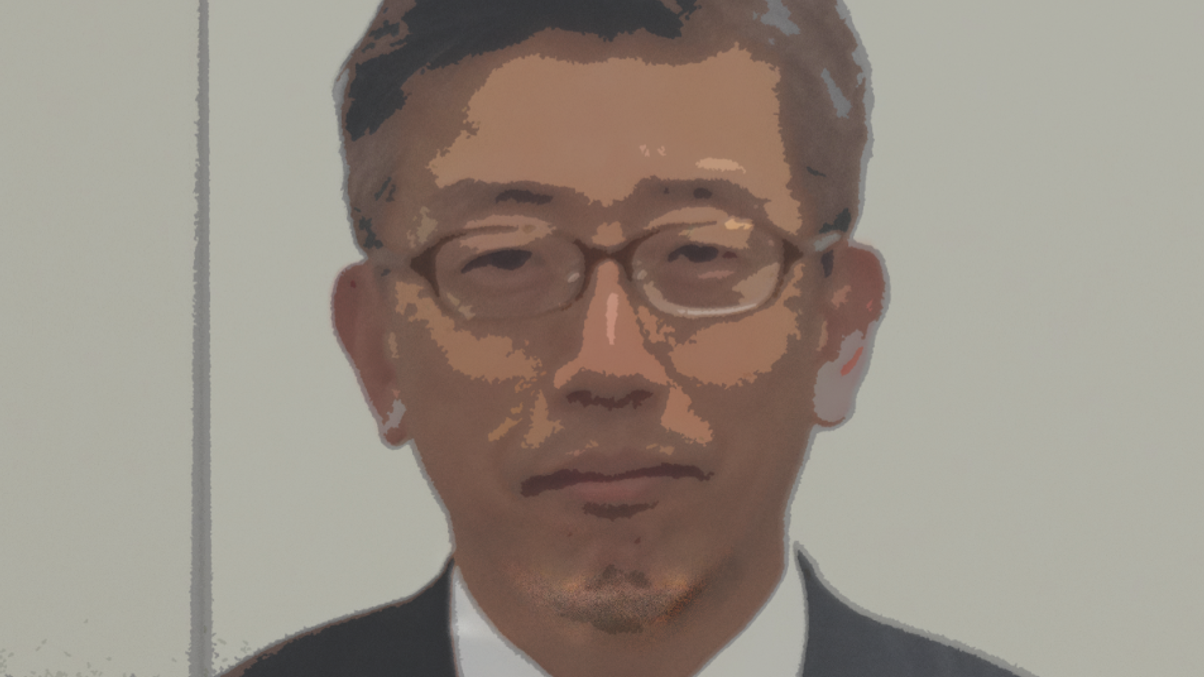Looking to higher growth markets
Tomonari Kadoumi, general manager of the separate accounts investment department at Sumitomo Life Insurance Company.

Tomonari Kadoumi is general manager of the separate accounts investment division at Sumitomo Life Insurance Company. The unit offers investment products to corporate pension funds and individuals, mostly via single-premium variable annuities.
Sign in to read on!
Registered users get 2 free articles in 30 days.
Subscribers have full unlimited access to AsianInvestor
Not signed up? New users get 2 free articles per month, plus a 7-day unlimited free trial.
¬ Haymarket Media Limited. All rights reserved.


